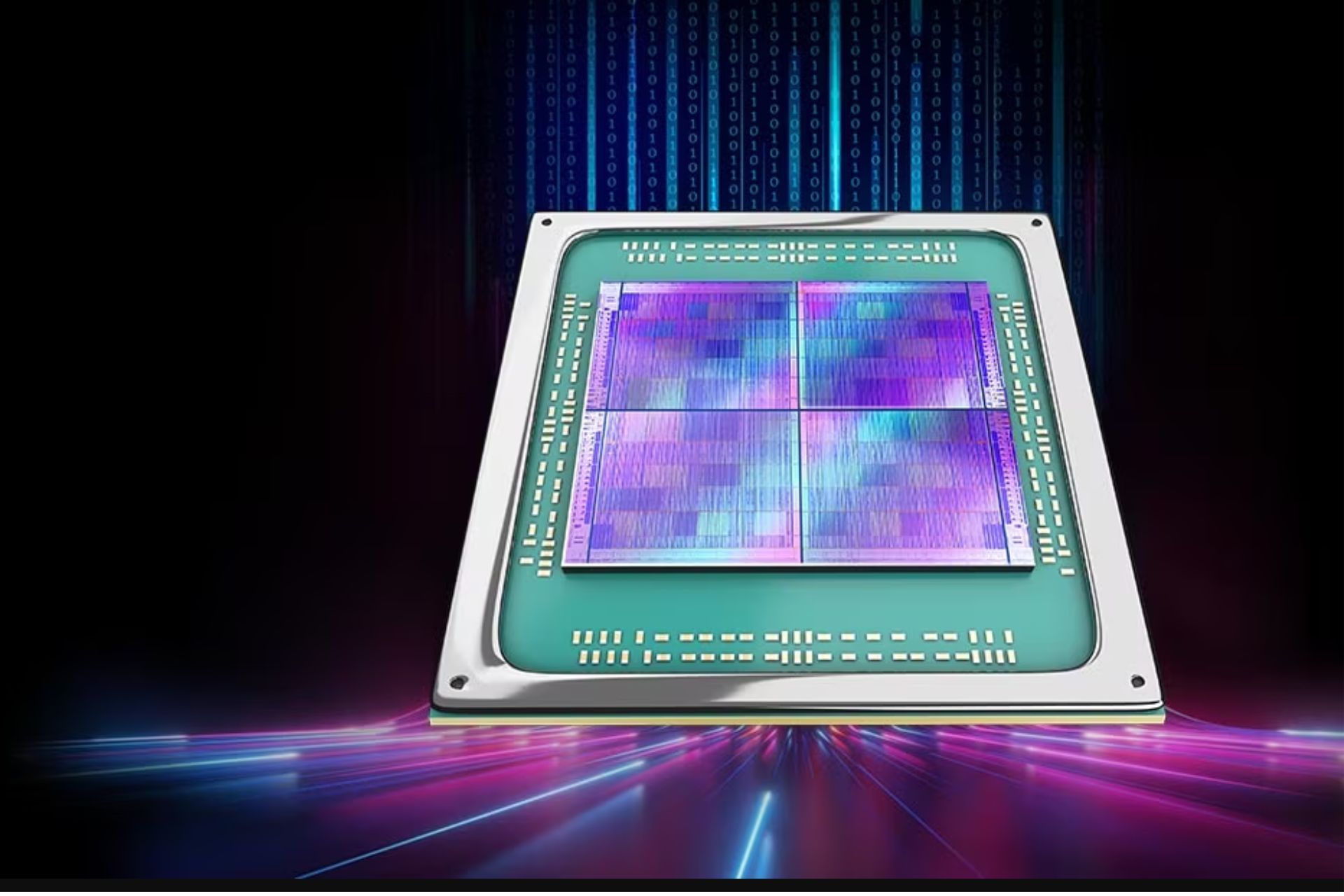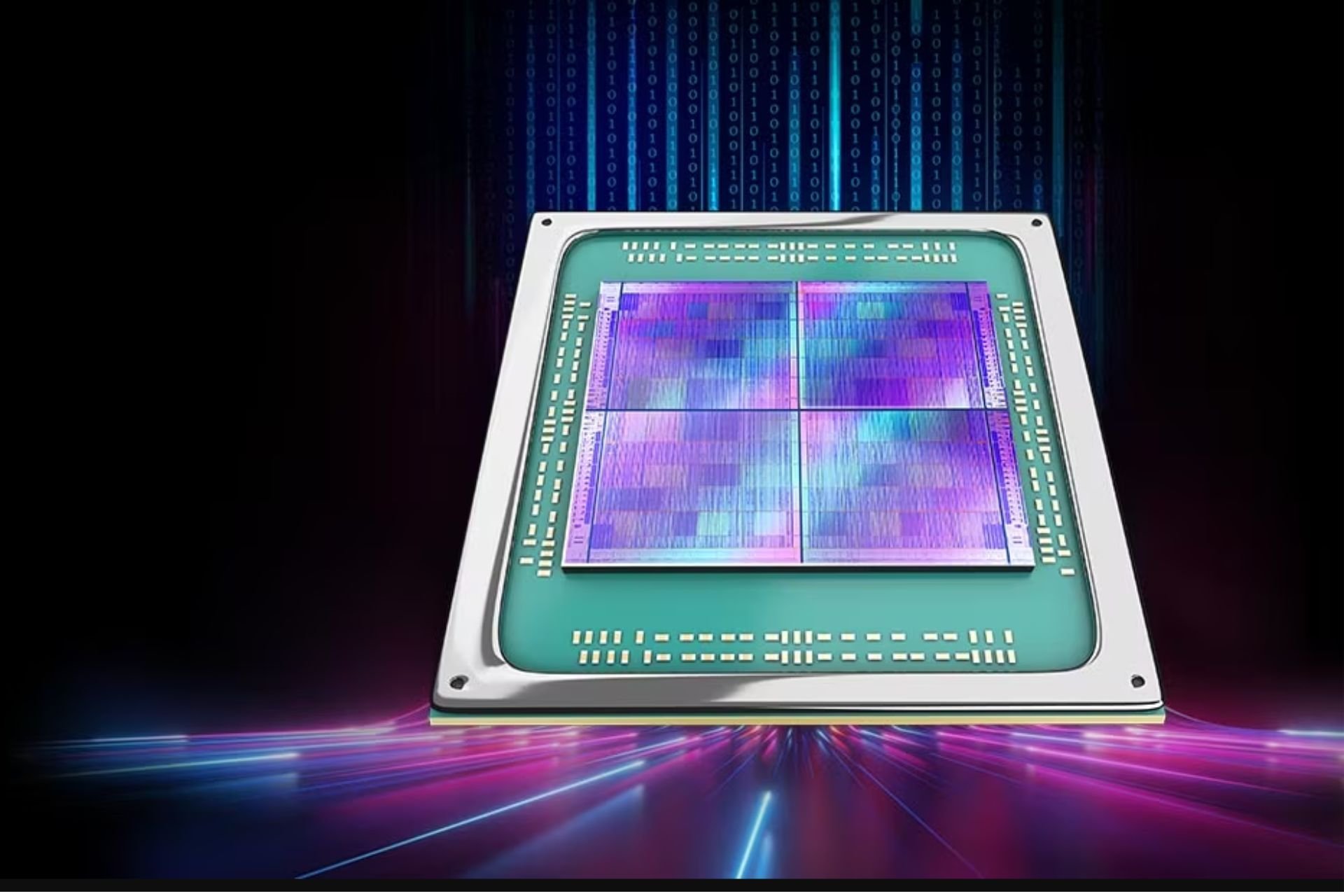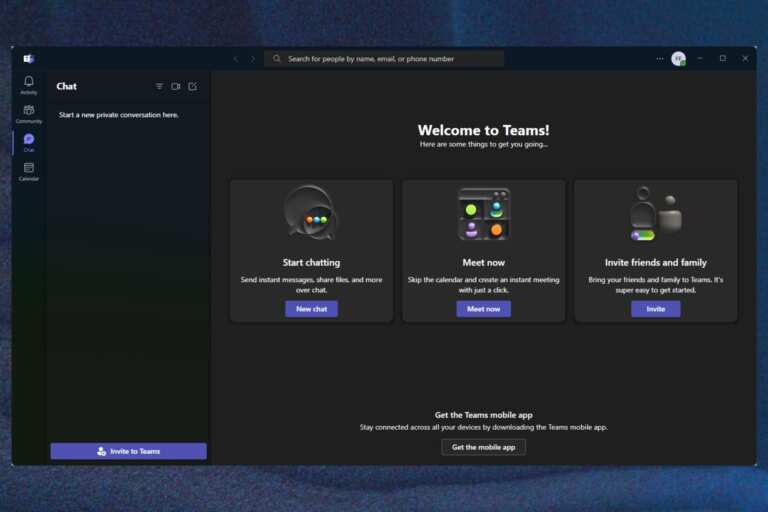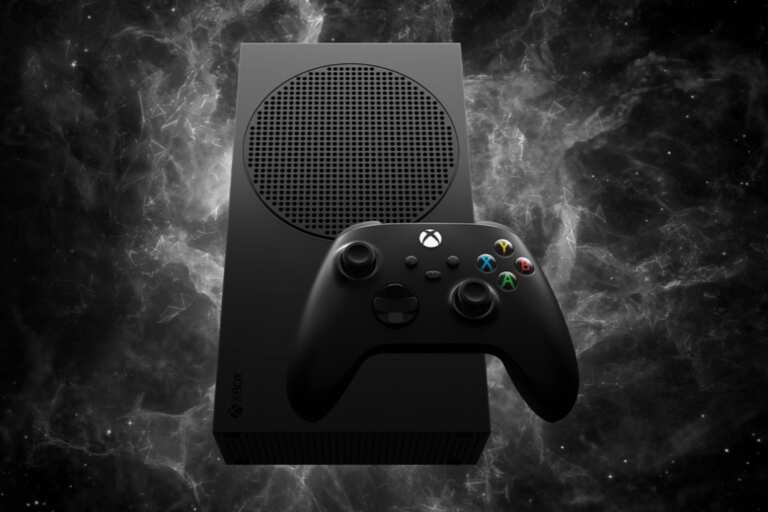It seems AI is changing hardware performance for the better.

We all know 2023 is truly the year of AI. Or at least the first year of the AI reign in the technological world. Everywhere you would go, AI would be there. AI is in Microsoft Teams. Microsoft Store has AI now. Edge, and Opera One have AI. And Windows 11 is getting Copilot later this year, which is an AI assistant just for you.
Even more, Microsoft, for example, has poured a lot of budget into investing in AI research, and the results are more fascinating. There is Orca 13B, which the Redmond-based tech giant will release open-source. You have LongMem, which will train your AI model to have an unlimited context length.
And it seems, Microsoft has also invested in Kosmos-2, an AI language capable of spatial context. Basically, AI will now be able to describe space and have knowledge of space. Shorter, AI will have a body.
It’s clearly the age of AI. And to put an emphasis on just how important it is, it seems that AMD is using AI software to improve their chips. Thus, effectively improving the gap between its main competitor, Nvidia’s GPUs. In this analysis by SemiAnalysis, AMD chips are almost closing the gap in performance all due to AI software.
AI is closing the gap between Nvidia and AMD’s market share
But here’s the catch. Nvidia’s GPUs are seeing the gap closing not because AMD chips are so great, but because the AI software that makes it possible to train the models, is rapidly improving AMD’s efficiency.
Mosaic ML, the company behind the open-source AI software that AMD and Nvidia are using, has just recently started its activity. Founded in 2021, the company has already been purchased for $1.3B by Databricks.
So it’s safe to say the future is here. The company has proved that the performance of the hardware wired with this AI software only develops AI further. So, in a way, there are no losses. AI keeps on improving itself while working to get the performances in the first place.
Mosaic ML helped AMD’s Instinct MI250 GPU achieve 80% of the performance of an Nvidia A100-40GB, and 73% of the A100-80GB. All these with zero code changes.
And MosaicML has announced that the performance is expected to increase to 94% and 85% with further software improvements. The gain on the gap was also obtained in a quarter, so 3 months.
So, it’s time to buckle up for AI. What do you think about it? Let us know in the comments section below.
Start a conversation




Leave a Comment